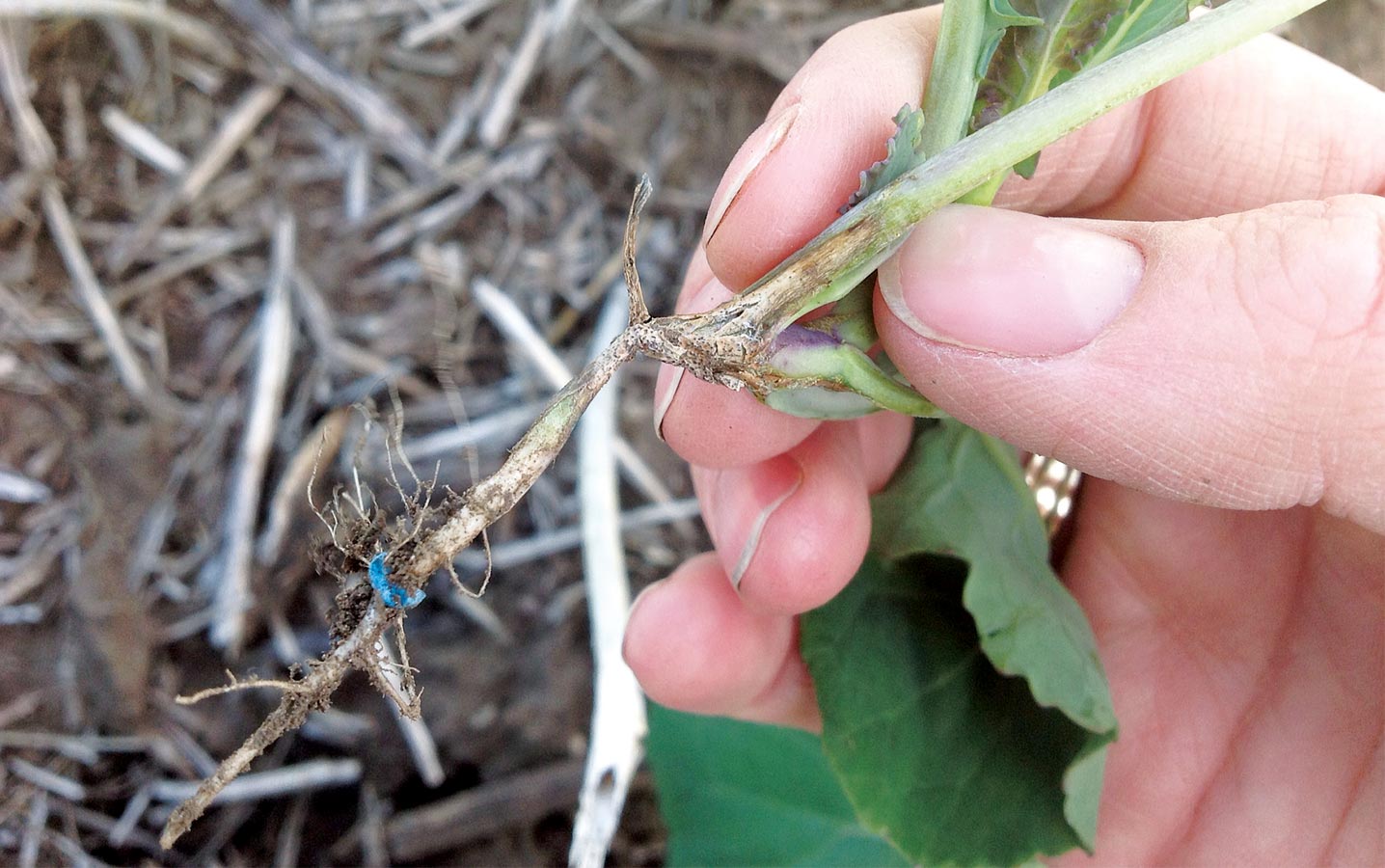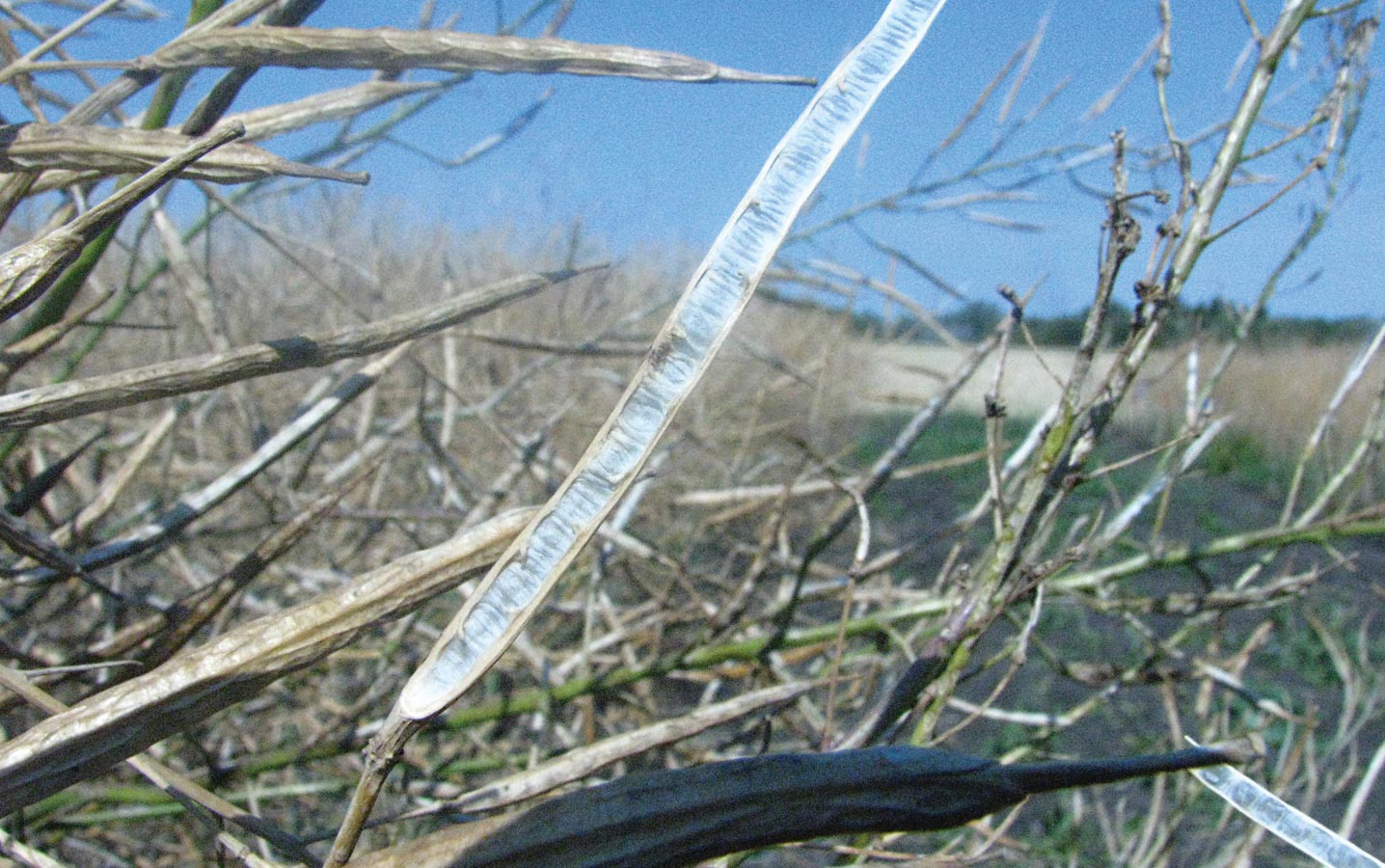
Science Edition 2015—Key practice: Diversity of cultivar resistance, crop rotation and fungicide usage can prevent both infection and breakdown of blackleg resistance. Project title, Lead researcher: “Blackleg Resistance Stewardship: Improving our management of host resistance,” 2010-14, Dilantha Fernando, University of Manitoba Grower organization funder: ACPC, MCGA, SaskCanola Leptosphaeria maculans, the fungal pathogen that causes blackleg in canola,...
Read More Science Edition 2014—Key practice: Recommended fertilizer rates and seeding rates that provide for a competitive stand will make canola more resilient against weeds, insect damage and disease. Key research: Brandt, S.A., Agriculture and Agri-Food Canada (AAFC), et al. “Seeding Rate, Fertilizer Level and Disease Management Effects on Hybrid Versus Open Pollinated Canola (Brassica napus L.).” Effective pest...
Read More 
Science Edition 2014—Key practice: Canola varieties with pod shatter tolerance have arrived. Pod shatter tolerance adds more flexibility for harvest timing, allowing crops to stand longer with fewer losses. Key research: Cavalieri, A., University of Manitoba, et al. “Pod Drop and Pod Shatter Are Not Closely Related in Canola.” Crop Science (2014). Gan, Y., Agriculture and Agri-Food...
Read More Science Edition 2014—Key practice: Target a population of at least seven plants per square foot to maintain yield potential for canola. This target will allow for some plant mortality due to post- seeding stresses without dropping below the minimum five plants per square foot required for canola yield potential. Key research: Leeson, Julia, Agriculture and Agri-Food Canada...
Read More Science Edition 2014—Key practice: Increasing the number of years between canola crops in the rotation reduces incidence and severity of blackleg and clubroot in fields. Key research: Kutcher, H.R., University of Saskatchewan, et al. “Blackleg Disease of Canola Mitigated by Resistant Cultivars and Four-Year Crop Rotations in Western Canada.” Canadian Journal of Plant Pathology (2013). Peng, G.,...
Read More





